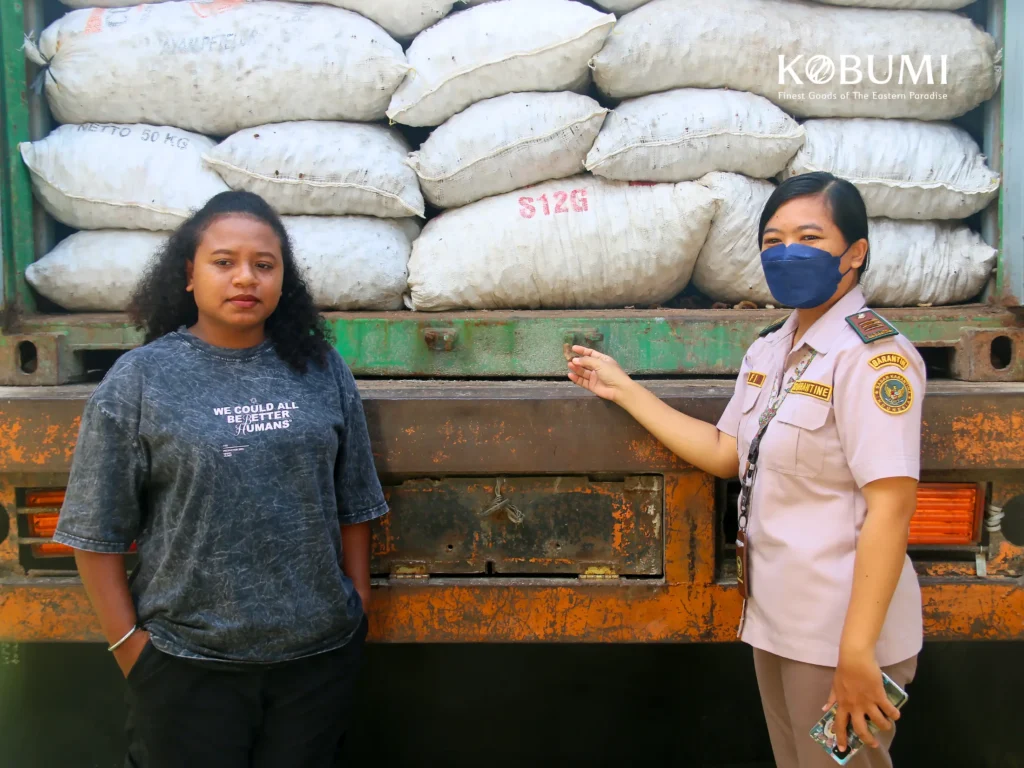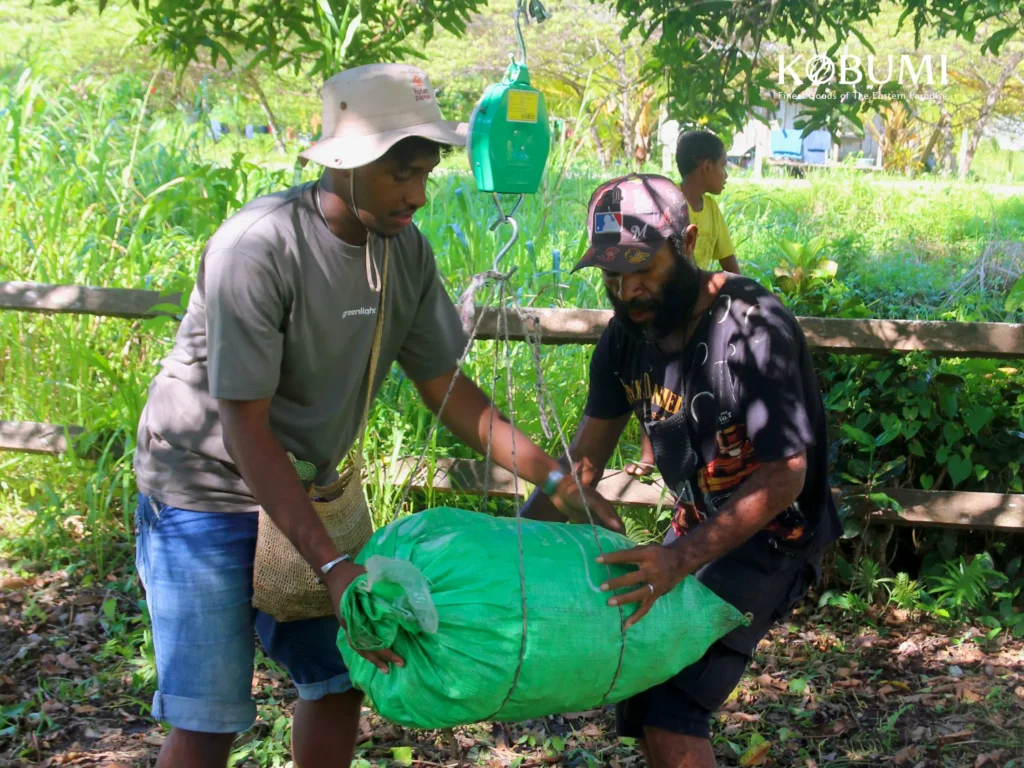
Yora Mekhande Jaya Cooperative in Jayapura is a key driver in Papua’s copra industry development. Established to strengthen the independence of coconut farmers, this cooperative serves as a bridge between local communities and broader markets. Through cooperation, price transparency, and strong networks, Yora Mekhande Jaya brings new hope to the economy of Papua’s people.
Founded in 2022 by the local community, Yora Mekhande Jaya Cooperative is focused on buying and selling copra and empowering farmers in a broader sense. It began with the Social Transformation School program initiated by the Econusa Foundation in 14 villages, where the cooperative identified a central problem: the absence of a stable market for community products. Vanilla and betel nut were once chosen as commodities, but eventually Papua’s copra became the primary focus because of its greater potential.
Currently, Yora Mekhande Jaya Cooperative collects copra from several villages in Sarmi Regency: Kaptiau, Korur Island, Anus I, Anus II, Podena, Mawes Wares, Beneraf, Takar 1, Takar 2, Takar 3, Dabe, Arare, Arbais, Weim, Liki Island, Armo Island, and Mengge Island. Its operations also cover Jayapura, Biak, Nabire, and Merauke.
Jamina, the cooperative’s treasurer, explained that capital has always been a big challenge for farmers in Sarmi.
“In the past, coconuts were sold two pieces for IDR 1,000. But if brought to Jayapura, the price could reach IDR 5,000–7,000. Even for copra, local middlemen only paid IDR 3,000–4,000 per kilo. That is why we came to Sarmi, because the coconut potential here is very big,” she said.
The high transportation cost from villages to the city is also a problem, often exceeding farmers’ profit. To solve this, Yora Mekhande Jaya Cooperative collects copra directly from farmers in their villages.
“Our strategy is to weigh the copra in the village first. After weighing, the copra is stored in a local resident’s house. Once the volume reaches 300–500 kilos, we rent a village pickup truck to transport it,” Jamina added.
This method simplifies the selling process, so farmers can focus on producing quality copra. Prices remain transparent, and payments are made in cash, which gives farmers peace of mind.

Yora Mekhande Jaya Cooperative does not work alone. In some areas, it partners with churches as essential collaborators.
“We go through the church so we can help the congregation. Copra that is sold can also become an offering for Sunday service,” Jamina explained.
This collaboration gives Papua’s copra a dual meaning: strengthening the family economy while supporting spiritual life. In addition to churches, the cooperative partners with a local cooperative in Nabire to improve its network. This makes distribution smoother and brings more benefits to more people.
Currently, the cooperative collects around 10 tons of copra per month from Sarmi, and up to 50 tons per month when combined with other areas. Since 2023, the cooperative has shipped 37 tons of copra in three deliveries. Behind these numbers lies a big hope: communities can become financially independent.
“Our hope is that people can be independent. Not relying on kiosks or loan sharks anymore, but fulfilling their needs from Papua’s copra,” Jamina said.
Yora Mekhande Jaya Cooperative has proven that Papua’s copra can become a path to independence. Through partnership with KOBUMI, farmers’ copra is absorbed by the market, bringing real added value to their welfare. Every piece of copra symbolizes farmers’ hard work and community collaboration for the future. Meanwhile, in the midst of this change, coconut trees and forests continue to grow—preserved and protected—signifying the balance between people and nature.



